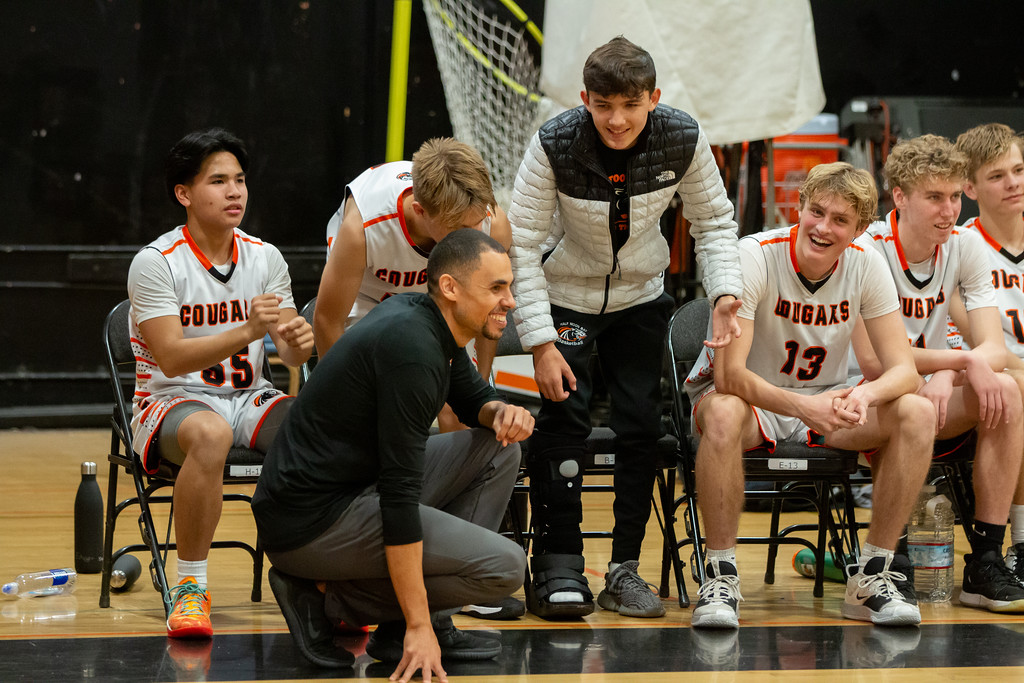Org Practice Signature Issue
Create Transparency of Coach Training and Standards Across All Stakeholders
The standards for what is expected of coaches and what good looks like must be more visible. Raising awareness through technology and information sharing builds demand, drives accountability, and helps create a more consistent, professional, and youth-centered coaching environment.
→What this looks like when we get it right: Coach credentials are visible, tracked, and celebrated. Because of this, organizational leaders are able to build trust with parents, enforce policy, deliver consistent experiences, and drive demand for quality training.
→Who can drive this change? Sport Governance; Program Operators; Event Organizers & Hosts; Gyms & Sport Facilities; Insurance; Coach Education; Service & Standards; Technology Solutions

Why This Issue
Raising visibility around coach training increases demand and accountability. When organizations highlight their commitment to training, it signals value and builds trust with stakeholders. Building the infrastructure to consistently deliver and communicate about training supports policy implementation.
Getting Started
Drive awareness of the impact of coach training at all levels. When everyone understands why training matters, it becomes easier to implement policies that support quality coaching. Effective communication should happen at the grassroots level by communicating the value and importance of training to coaches, parents, and volunteers. It should also occur at top organizational levels through implementation of applicable policy.
Address the accountability gap. One major barrier to coach training is the lack of accountability from organizations responsible for the youth experience. Establishing visibility around the training coaches receive and complete helps shift the culture by:
- Rewarding organizations that already require and provide coach training
- Empowering parents to expect and advocate for trained coaches
- Applying pressure to organizations that don’t yet prioritize training
Use transparent tracking systems. Organizations and coaches should use a centralized, transparent platform to document, track, and verify training and certifications. For example, several Million Coaches Challenge organizations use Collective Hub for this purpose. US Youth Soccer also makes training records available. Tracking builds clarity, helps meet future policy requirements, and supports a more professionalized coaching ecosystem.
Normalize use of a centralized platform. Centralized systems like the Collective Hub make it easier to track coach credentials, create consistent expectations, and commit publicly to coach development. It also helps align local practices with broader policy and funding requirements. Widespread adoption of such tools is key to creating lasting, scalable improvements in youth sport coaching and portability of credentialing across sport organizations.